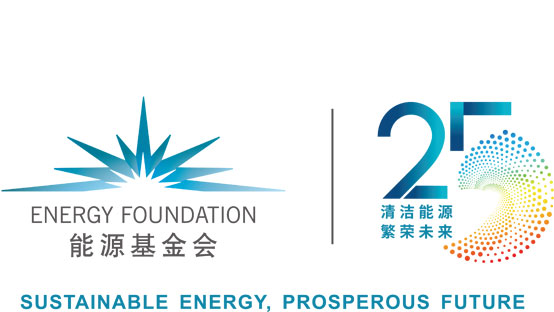-

Long-Term Strategy for Decarbonization
To better provide technical support for the formulation and implementation of China’s Mid-Century Strategy, we established its flagship task force in 2018, committed to exploring a multi-win low GHG emission development path for China.
-

Urbanization
Given its tremendous scale to urbanize 300 million more population by 2050, urbanization will be a determining factor for realizing China’s goals of carbon peaking by 2030 and carbon neutrality by 2060, and global climate goals as well.
-

Electrification
Electrification across all sectors, alongside the rapid decarbonization of power supply, is an important pillar of China’s strategy for achieving carbon neutrality. This is not only because it is feasible to achieve substantial emissions reductions in the power sector more quickly than in other sectors.
-

Air Quality
In order to put in place a people-oriented coordinated management system for world-class air quality, climate neutrality, and sustainable development, China needs to enhance synergy between air and climate responses.
-

International Cooperation
Addressing the climate crisis has become a priority in global governance, with China playing a pivotal role internationally. As geopolitical tensions rise and fall, China and the international society will benefit from better communication and understanding of each other’s climate policies and actions.




